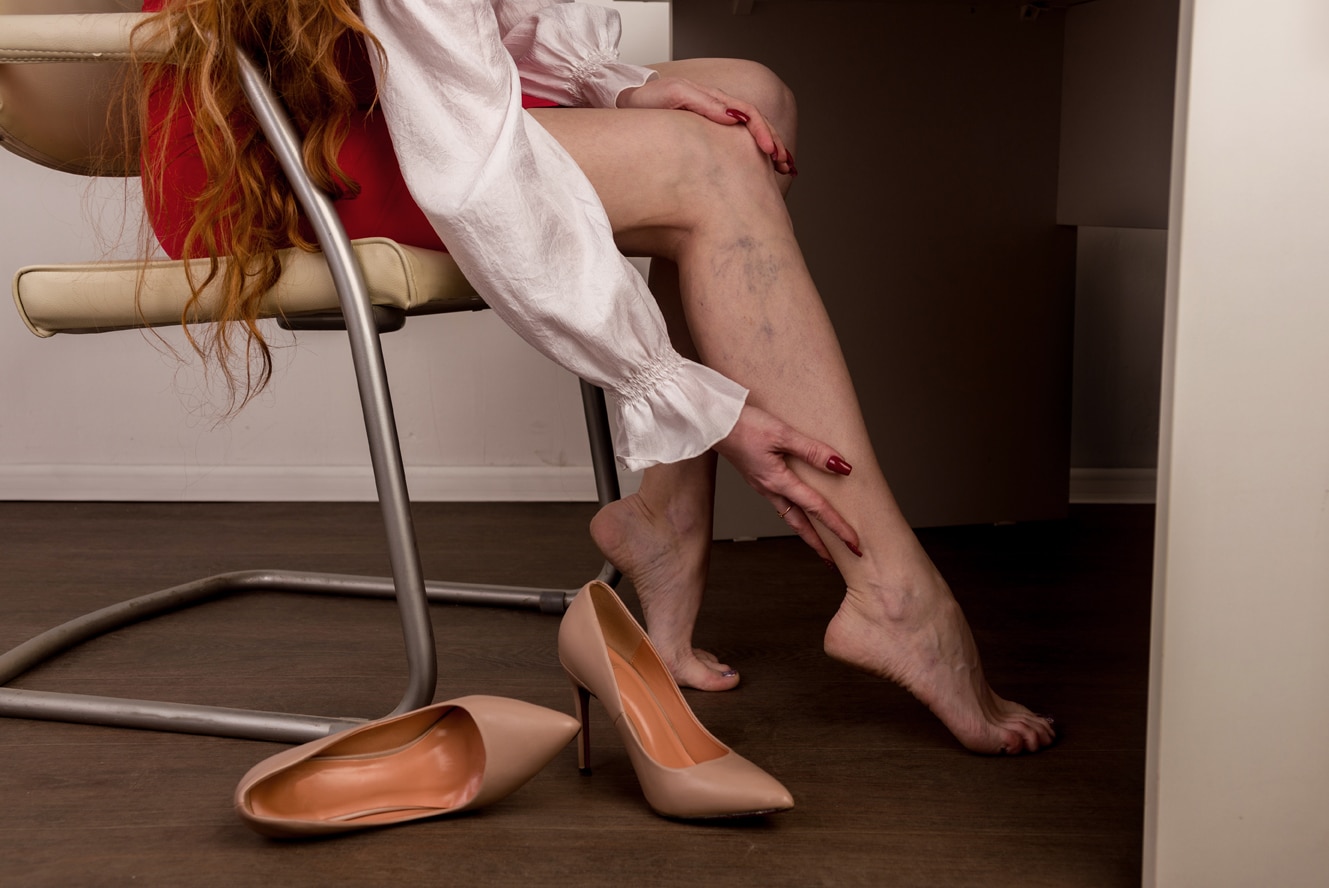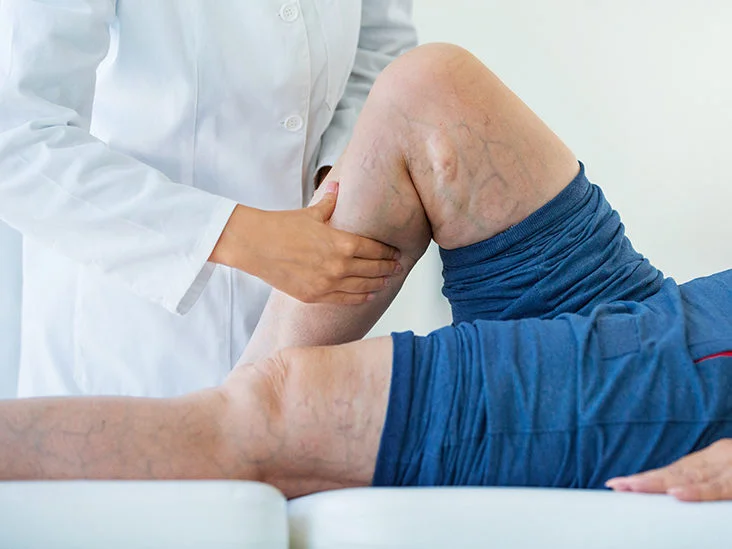Deep vein thrombosis, or DVT, is a serious medical condition that occurs when a blood clot forms in one of the deep veins of the body, usually in the legs. These blood clots can be life-threatening if left untreated, as they can travel to the lungs and cause a pulmonary embolism. It is important to be aware of the symptoms of DVT and to seek medical attention if you suspect you may have this condition.
Symptoms of DVT
The symptoms of DVT can vary, but the most common signs include:
Swelling in the affected leg: This is often the first symptom of DVT, and it usually occurs in only one leg. The swelling may be accompanied by pain or tenderness, and the skin may feel warm to the touch.
Pain or tenderness in the affected leg: This pain may be a dull ache or a sharp, stabbing sensation, and it may be worse when you move or walk.
Redness or discoloration of the skin: The skin on the affected leg may appear red or bruised, and it may be warm to the touch.
Changes in skin texture: The skin on the affected leg may feel thicker or firmer than usual, and it may be swollen or puffy.
If you suspect you may have DVT, it is important to seek medical attention as soon as possible. Your doctor will conduct a physical examination and may order tests such as a venous ultrasound or a blood test to confirm the diagnosis.
Treatment for DVT
The main goal of treatment for DVT is to prevent the blood clot from getting larger and to prevent it from breaking off and traveling to the lungs. Treatment options may include:
Blood thinners: These medications, also known as anticoagulants, help to prevent the blood clot from getting bigger and reduce the risk of a pulmonary embolism. Common blood thinners include warfarin, heparin, and dabigatran.
Compression stockings: Wearing compression stockings can help to reduce swelling and improve blood flow in the affected leg.
Clot-busting medications: In severe cases of DVT, your doctor may recommend using medications to dissolve the blood clot. These medications, called thrombolytics, work by breaking down the clot and improving blood flow.
Vena cava filters: In some cases, a small device called a vena cava filter may be placed in the main vein in the abdomen to prevent blood clots from traveling to the lungs.
Surgery: In rare cases, surgery may be necessary to remove the blood clot or to repair damage caused by the clot.
It is important to follow your doctor’s instructions and take all prescribed medications as directed to ensure the best possible outcome. It is also important to make lifestyle changes to reduce the risk of DVT, such as quitting smoking, maintaining a healthy weight, and getting regular exercise.
DVT is a serious condition that requires prompt medical attention. If you experience any of the symptoms listed above, seek medical attention immediately. With proper treatment and lifestyle changes, you can greatly reduce your risk of experiencing a DVT or a pulmonary embolism.

 Home
Home Health
Health Diet & Nutrition
Diet & Nutrition Living Well
Living Well More
More












